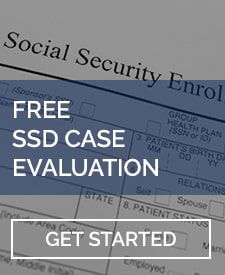Suffering from a limb amputation is not an uncommon event. Limb amputations result from a multitude of causes related to trauma, medical illness, or surgery. In some, limb amputation is used as a preventative surgery such as controlling pain or preventing disease progression. The most common cause of limb amputation results from poor circulation in the affected limb. This is called peripheral arterial disease. Peripheral artery disease is where there is a lack of oxygen in the bloodstream, thereby affecting adequate blood flow. As a result of inadequate blood flow, tissue begins to die in the limb which then causes an infection in the limb. Some of the most common signs and symptoms of infection in a limb include intense pain, sores, or wounds that heal very slowly, gangrene, skin changes, lack of a pulse, and infection which does not respond to antibiotics. If you have some of these signs or symptoms, your doctor will then determine the necessity of amputation. If limb removal is determined to be the safest course of action, surgery will be scheduled.
Surgical Limb Amputation Recovery

The area where the amputation occurred is called a stump. Proper care must be applied to the stump to help keep pain to a minimum. Artificial limbs should be removed at the end of the day. This allows the stump area time to breathe. Sometimes people experience problems such as dry skin, excessive sweating, inflamed or irritated skin, or broken skin. Removing the prosthetic at night will help those issues.
After an amputation, many people experience significant pain that seems to be located in the amputated limb. This is often called phantom pain. This pain is most often more severe initially after the surgery and then decreases over time. Some may not experience pain at all, only phantom limb sensations where the amputation occurred. Whether you are experiencing phantom limb pain or phantom limb sensation, both are real, and both can be quite debilitating.
Undergoing a limb amputation is a life-changing event. In addition to having a major impact upon yourself and your family, it may create a barrier to you performing the work you have done in the past. For example, if you are a carpenter who has had a leg amputated, you may no longer be able to climb ladders. Or, if you are a data entry clerk with a left finger amputated, you likely will not be able to use a computer the same way as before. Whatever your profession, if amputation is preventing you from returning to work, you should consider filing for social security disability benefits.
How to Qualify for SSD Benefits
Social security disability (SSD) is a federally run, mandatory program. This program is a type of insurance that is available for people who are unable to work. It is a type of safety net providing you income in the event of an inability to earn an income. To qualify for SSD benefits, you must meet the social security administration’s definition of disability. Disability is defined as an inability to perform the substantial gainful activity due to a severe physical or mental condition that is lasting for twelve months or is expected to result in death. In the case of an amputation, you must show the amputation has prevented you from working for a twelve-month time frame or is expected to keep you out of work for at least twelve months.

Suffering from limb amputation, no matter the location is a very severe and traumatic event. If you have suffered the loss of a limb, you more than likely should consider applying for SSD benefits. Even if the receipt of the benefits is only for a 12-month time frame. SSD benefits are there to provide a safety net for people to get back to work.




